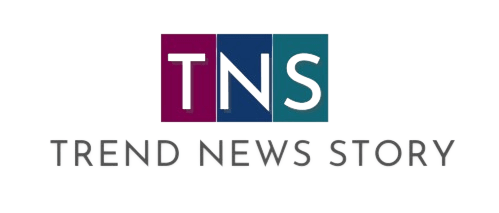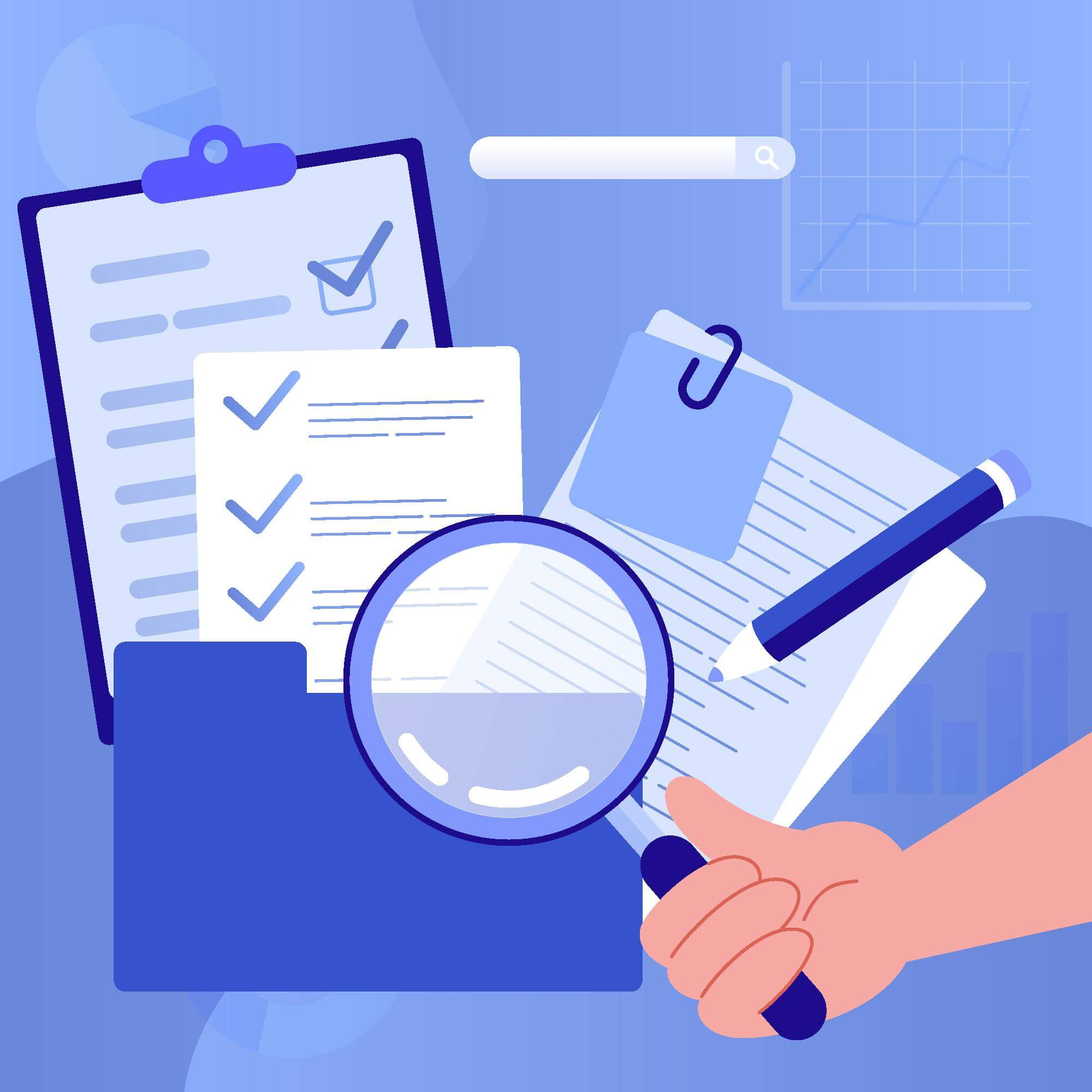Introduction:
Have you ever wondered how artificial intelligence could better handle visually rich documents? Documents, whether they’re forms, reports, or contracts, are everywhere in our lives and often contain complex information that combines text and layout structure. Yet, many AI models struggle to grasp this complexity, either ignoring layout or relying on costly image encoders. Document AI can handle complex documents.
But what if there was a solution? A team of researchers at JPMorgan AI Research has developed a groundbreaking generative language model called DocLLM. As a leading financial institution globally, JPMorgan Chase understands the importance of efficiently handling diverse documents. Their goal with DocLLM was clear: to create a model capable of understanding both textual semantics and spatial layout in documents, providing a scalable and robust solution for document intelligence.
In this blog post, we’ll explore the potential of DocLLM and how it could revolutionize document analysis. Get ready to discover a new era in document intelligence and gain insights into how this innovative model could transform the way businesses handle documents.
Read also Google Duet AI Can Now Write Your Emails For You
What is DocLLM?
DocLLM isn’t your run-of-the-mill language model – it’s a next-level extension designed specifically for tackling visually rich documents. Unlike other models that might struggle with the complex layout of documents, DocLLM zeroes in on bounding box information. This means it’s all about understanding the spatial structure of documents without relying on fancy – and expensive – image encoders.
Lightweight Extension:
One of the things that sets DocLLM apart is its lightweight design. While traditional large language models (LLMs) might be heavyweights in terms of computational resources, DocLLM keeps things lean and mean. By focusing on bounding box information, it’s able to achieve impressive results without bogging down your system.
Spatial Layout Structure:
But what exactly does “bounding box information” mean? It’s all about understanding how different elements in a document are positioned relative to each other. Think of it like building a puzzle – DocLLM knows where each piece fits, allowing it to piece together the bigger picture with ease.
No Expensive Image Encoders:
And here’s the kicker – DocLLM doesn’t need any fancy image encoders to get the job done. While other models might rely on these costly tools to interpret visual information, DocLLM takes a different approach. By focusing solely on bounding box information, it’s able to achieve impressive results without breaking the bank.
Key Features of DocLLM
Disentangled Spatial Attention Mechanism:
DocLLM doesn’t just pay attention – it disentangles its focus in a whole new way. This fancy term refers to a unique approach that breaks down the attention mechanism found in traditional transformers. By splitting it into disentangled matrices, DocLLM gains a deeper understanding of the document’s spatial layout, allowing for more nuanced analysis.
Handling of Irregular Layouts:
Ever come across a document with a wonky layout that throws traditional models for a loop? Not a problem for DocLLM. Its innovative approach means it can handle irregular layouts like a pro. Whether it’s a form, report, or contract with all sorts of funky formatting, DocLLM’s got it covered.
Dealing with Heterogeneous Content:
Visual documents are a mixed bag – they can contain all sorts of different content types that traditional models struggle to handle. But not DocLLM. Thanks to its unique features, it’s equipped to tackle heterogeneous content with ease. From text to images to tables, DocLLM can make sense of it all, making it a reliable tool for understanding multimodal documents.
Capabilities/Use Case of DocLLM
Fine-Tuning with Large-Scale Instruction Dataset:
DocLLM isn’t just trained on any old data – it’s fine-tuned using a massive instruction dataset. This dataset covers four core document intelligence tasks, giving DocLLM a solid foundation to build upon. Think of it like giving the model a crash course in document analysis, equipping it with the skills it needs to excel.
Superior Performance Across Diverse Datasets:
When it comes to handling different types of documents, DocLLM doesn’t disappoint. In fact, it’s shown time and time again that it’s up to the task. By outperforming state-of-the-art language models on 14 out of 16 datasets across various tasks, DocLLM proves its robustness and effectiveness. Whether it’s forms, reports, or contracts, DocLLM has the chops to handle them all.
Strong Generalization Abilities:
But DocLLM’s talents don’t stop there. It’s not just about acing the known datasets – it also excels when faced with previously unseen ones. With strong performance on 4 out of 5 unseen datasets, DocLLM demonstrates its ability to adapt and generalize to new challenges. This bodes well for its real-world applications, where it can handle whatever document types come its way.
How to Access and Use This Model?
Open-Source Model: DocLLM is all about sharing the love – it’s an open-source model, meaning its source code is freely available for anyone curious enough to dive in. Whether you’re a seasoned developer or just starting out, you can explore and tinker with DocLLM to your heart’s content.
GitHub Repository: So, where can you find this magical source code? Look no further than GitHub. The DocLLM repository houses all the necessary code files, neatly organized for your convenience. It’s like a treasure trove of knowledge, waiting to be discovered.
Setup Instructions: Now, getting started might seem daunting, but fear not – the repository comes equipped with clear instructions on how to set up and use the model. From installation guides to usage examples, everything you need to hit the ground running is right there at your fingertips.
Responsible Use: Of course, with great power comes great responsibility. While DocLLM may be open-source and freely available, it’s crucial to use it ethically and responsibly. That means adhering to all relevant guidelines and regulations and being mindful of the potential implications of your work.
Conclusion: DocLLM: Innovating Document AI
In conclusion, DocLLM represents a significant advancement in the field of document intelligence, offering a robust solution for handling visually rich documents with both textual and spatial complexity. By focusing on bounding box information and employing a disentangled spatial attention mechanism, DocLLM demonstrates superior performance across diverse datasets and exhibits strong generalization abilities.
Its lightweight design and open-source nature make it accessible to developers and researchers alike, with the model’s source code readily available on GitHub. Clear setup instructions ensure ease of use, while a reminder of responsible usage emphasizes the importance of ethical considerations.
As businesses continue to grapple with large volumes of diverse documents, DocLLM stands poised to revolutionize document analysis, offering a scalable and efficient solution. By leveraging its unique features, DocLLM has the potential to transform the way organizations handle documents, paving the way for enhanced efficiency, accuracy, and insight in document intelligence tasks.
Source
research paper — https://arxiv.org/abs/2401.00908
GitHub repo — https://github.com/dswang2011/DocLLM
Hugging Face Site — https://huggingface.co/papers/2401.00908

